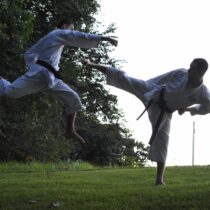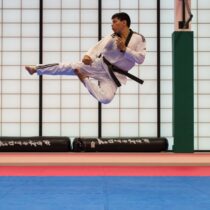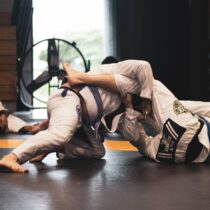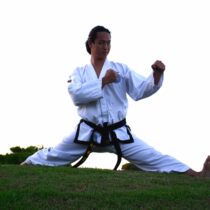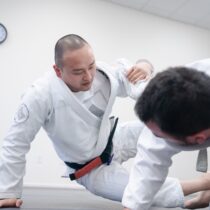History of Taekwon-Do
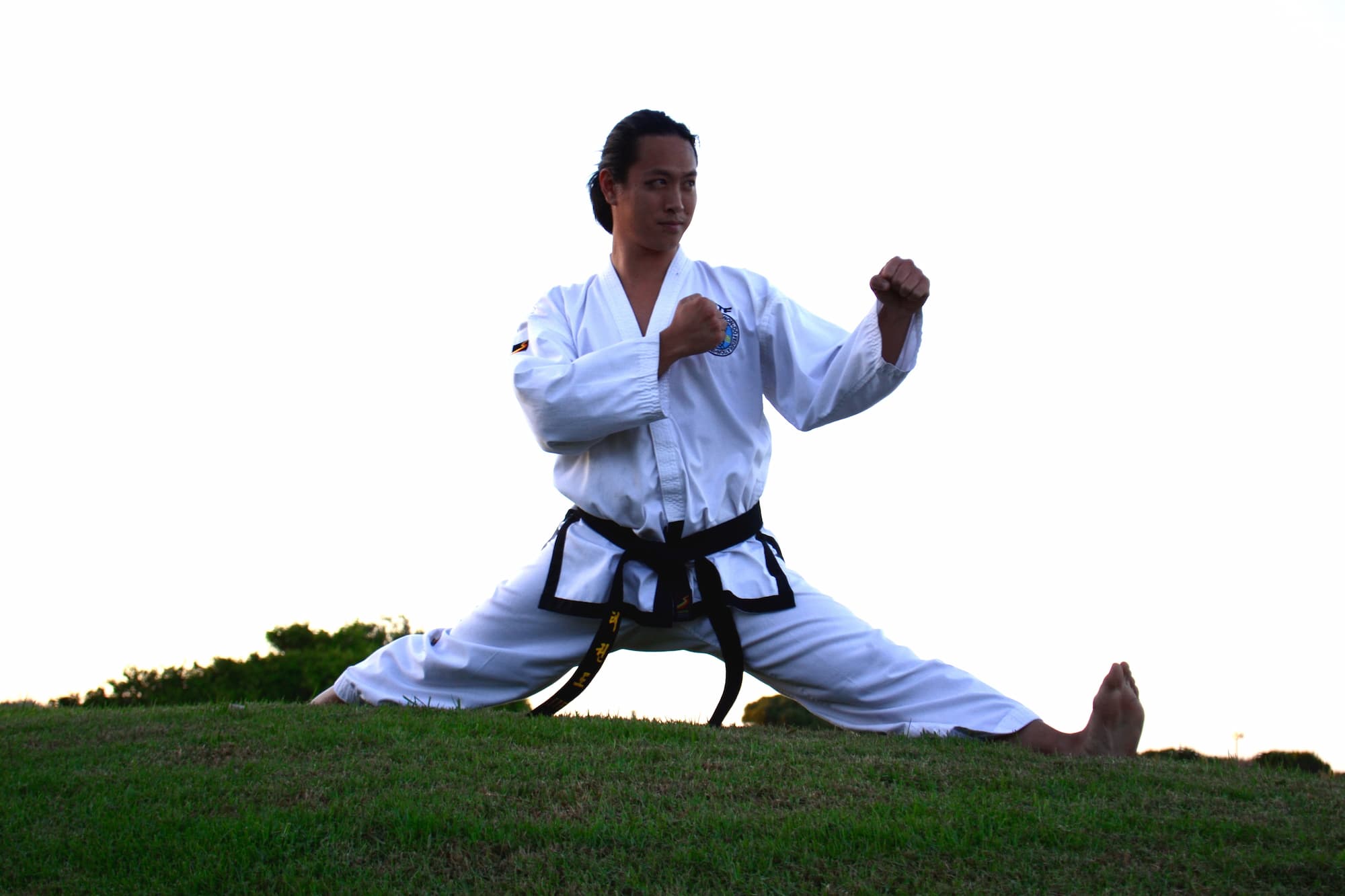
In Korean, Tae means kicking, Kwon means fist or punching, and Do means way. Thus, there are two components of Taekwon-Do (Taekwondo): the first is “Taekwon”, the use of hands and feet for self-defense, and the second is “Do”, the way of life which includes moral and ethical education and intensive mental training to develop higher consciousness through comprehension of Taekwon-Do (Taekwondo) culture and philosophy. The very name of Taekwon-Do implies the essence of Taekwon-Do, namely the harmonious development of man both physically and spiritually.
On March 22, 1966 the founder of Taekwondo, general Choi Hong Hisoz, called the founding conference to establish a public association that would develop Taekwondo in the world. At the foundation conference a unanimous decision was made to name the new organization the International Taekwon-Do Federation (the International Taekwon-Do Federation for short). Therefore, when we talk about the ITF it means that the organization represents the martial art and sport that its founder himself created. At the same conference, General Choi Hong-hee was elected President of the International Taekwon-Do Federation and every four years he was re-elected for another term, remaining President of the ITF until his death on June 15, 2002.
In short period of time Taekwondo – young enough martial art in comparison with many others – has become very popular, and today the number of Taekwondo practiced by about 40 million people around the world.
Taekwondo is essentially a multidiscipline, consisting of five disciplines. The competition program includes four disciplines: sparring competition (masogi), a competition on formal complexes (tul), a competition on breaking boards (wirak – 3 different strokes for women and 5 different strokes for men), and competitions on special techniques Taekwon-Do (t-ki – breaking boards with a jump in length and height-3 different jumps for women and 5 different jumps for men). Besides competitive disciplines the training program includes self-defense techniques (hosinsul), which are the logical application of the previous disciplines in real situations.
The methods of teaching Taekwon-Do (Taekwondo) as well as its philosophy, the order of gaining belts and all its components, smashes, duels, basic techniques, special techniques, formal complexes and self-defense techniques are described by the founder himself in one book – Taekwon-Do Encyclopedia, which consists of 15 volumes! The existence of the encyclopedia, of course, cannot replace an instructor, but it allows one to avoid distortion of classical techniques and allows everyone to correct and improve their skills, avoiding mistakes and profanations. With the help of the encyclopedia art has become available to everyone, there is no possibility to speculate on the closedness of the system, to hide their ignorance under the pretext of secrecy. In Taekwon-Do there are no secrets, except for one thing – the total dedication to the training process. A student who manages to force himself, sooner or later achieves the desired results, which to an ordinary person may seem supernatural.
Taekwon-Do has a unique belt grading system: there are 10 grades of colored belts and 9 grades (dans) of black belts. Depending on the intensity of training, a black belt can be obtained from one year (if you train 4 hours 6 times a week) up to 4-5 years if you train 2-3 times 1.5 hours. If you want to become a 2nd Dan you have to wait for one more year regardless of technical level, 3rd Dan – two years, 4th Dan – three years, and so on. Holders of 1st to 3rd Dan may be considered as teacher’s assistant (bo-sa-bom). The owners of 4th to 6th Dan are considered teachers (sa-bom) and those of 7th-8th Dan are considered masters (sa-hyun-nim) and the owner of 9th Dan is considered a great master (sa-sun-nim). All this shows that it takes at least 7 years to become a Taekwon-Do teacher (4th Dan and above), enough time to distinguish a professional from an amateur.
Taekwon-Do is built on the knowledge of anatomy, biomechanics, physiology and physical training. The scientific approach makes the art alive. Of course the classical technique, the tulle, the basis of TKD, changes least of all, this is the core, the basis on which all instructors rely. But what methods, what loads and what should be the emphasis is chosen by the instructor. Different instructors are different personality types, different methods, different approach. This gives an opportunity for every student to choose a school that is more suitable for him or her. Perhaps, this feature comes from the ancient Korean tradition of choosing a teacher, where a monk after several years of preliminary training, had to go around as many monasteries and learn from many teachers to choose one, call him his teacher and study with him for as long as the teacher saw fit.
There is a misconception that there is no hand technique in Taekwon-Do. Of course, a well-developed powerful leg technique is a special distinction, a kind of trademark, but by no means does it mean that less time is devoted to the hand technique in the training process. Those who are familiar with Taekwon-Do often say that there are strong leg kicks and very strong hand kicks.
In addition to its effectiveness, Taekwon-Do has an eye-catching effect. The culture of the movement impresses the viewer and gives pleasure to those involved. It combines all-round development of body and spirit with a sense of enjoyment of technique and movement. I hope that this article will help all Taekwon-Do students better understand the art they practice, and for those who are not yet familiar with it, it will be an incentive to come to Do-yang and be convinced of what is being said.


